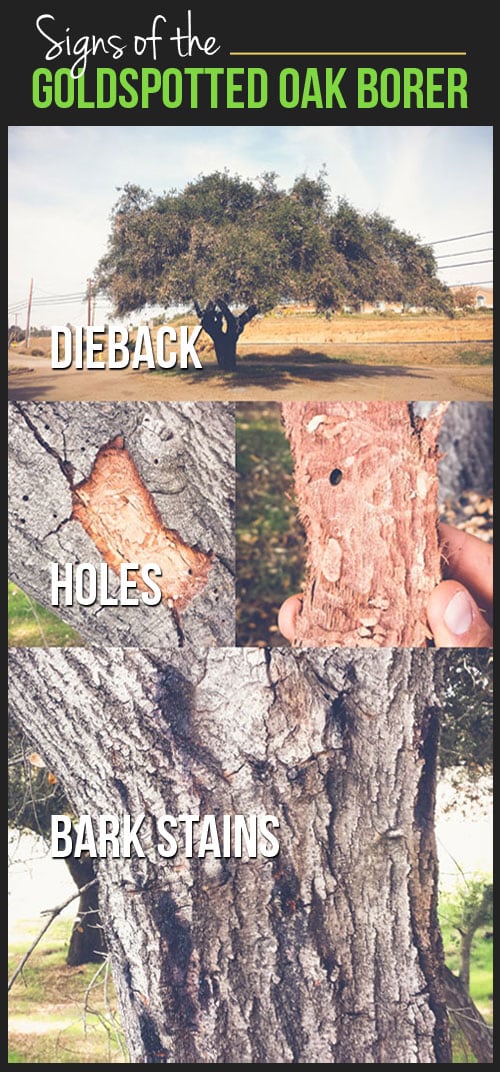Indication For Tree Removal: Exactly How To Find Hazardous Trees
Indication For Tree Removal: Exactly How To Find Hazardous Trees
Blog Article
Write- Read Home Created By-Truelsen Skovsgaard
When it involves tree treatment, recognizing the indications that it's time for removal is important for your safety and residential or commercial property. You may discover tarnished fallen leaves, wilting branches, or strange fungal developments suggesting health problems. Architectural issues, like a substantial lean or fractures in the trunk, can additionally pose risks. Comprehending these warning signs can help you make informed decisions about your trees and protect against potential risks prowling in your backyard. What should you try to find following?
Signs of Decay and Illness
When you observe indications of decay and illness in your trees, it's crucial to act promptly. Search for stained fallen leaves, wilting branches, or uncommon developments like fungi. These can indicate that your tree is battling.
If you see cracks in the bark or soft, mushy timber, these signs suggest interior decay. Furthermore, an abrupt increase in insects around your tree can signify that it's damaged and susceptible.
Look for any kind of dead or dying arm or legs, as they posture a risk to your building and security. If you doubt about what you see, speaking with an arborist can provide clarity.
Dealing with these indications early can save you from much more extensive damages and ensure the health of your lawn. Do not wait till it's far too late.
Structural Instability and Leaning
As you observe your trees, watch out for any indications of structural instability or leaning. If a tree leans dramatically, it may show that the origin system is compromised.
Seek any type of cracks in the trunk or dirt around the base; these can signify possible failure. In addition, check for uncommon growth patterns, like an uneven crown, which may suggest that the tree is struggling to hold itself upright.
If you observe that the tree leans toward your home, high-voltage line, or various other structures, it presents a greater risk. Don't disregard these signs-- get in touch with an arborist to assess the circumstance.
Acting early can protect against expensive damages and ensure your safety.
Dead or Dying Branches and Vegetation
If you see dead or passing away branches and foliage on your tree, it's a clear sign that something's incorrect.
These unhealthy locations can suggest underlying issues like illness, insect infestations, or ecological anxiety. When branches lose their leaves or transform brown, they're no more adding to the tree's health and wellness. Ignoring Does Tea Tree Oil Remove Skin Tags might result in additional decline, making your tree more unsafe.
Dead branches can easily break off throughout storms, positioning a risk to building and individuals nearby. It's essential to examine the extent of the damage.
If the trouble affects a significant part of the tree, think about getting in touch with a professional. They can help figure out if elimination is required to ensure safety and security and maintain the charm of your landscape.
Verdict
If you see any indications of degeneration, architectural instability, or dead branches on your trees, don't neglect them. These indicators can position serious safety and security risks to you and your residential property. It's constantly best to get in touch with an expert arborist that can supply an expert evaluation of your trees. Acting early can avoid crashes and pricey damages, guaranteeing your landscape remains secure and healthy and balanced. Bear in mind, it's better to be proactive about tree care than to wait for a disaster to take place.
